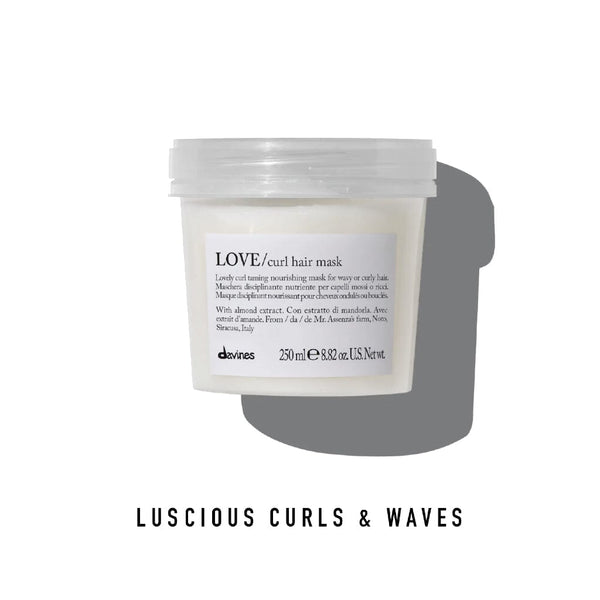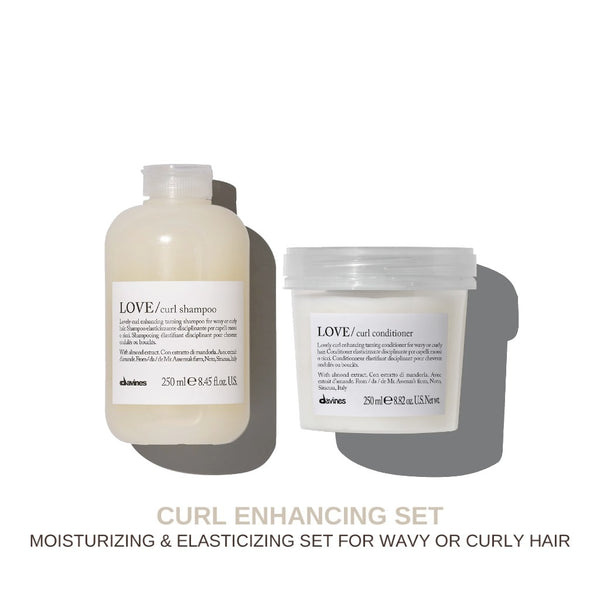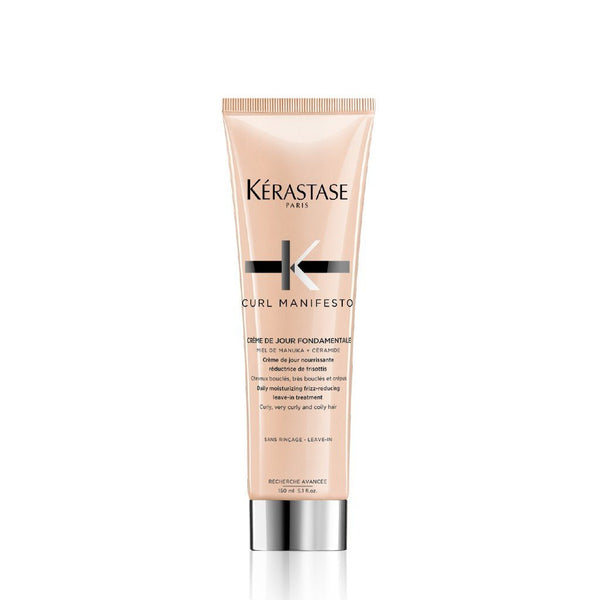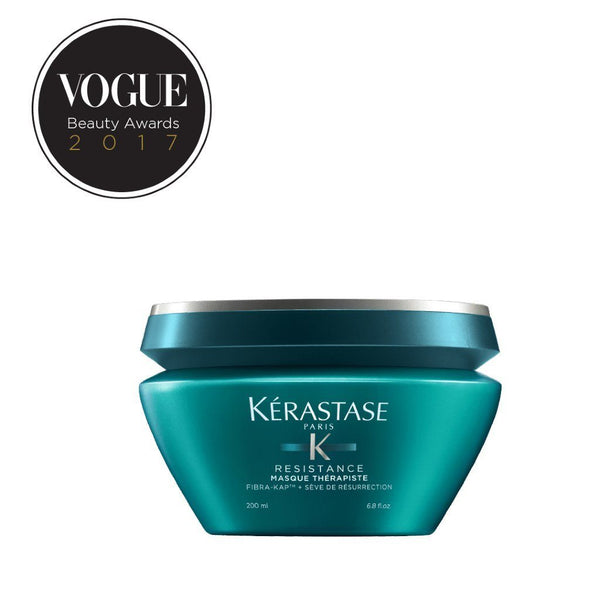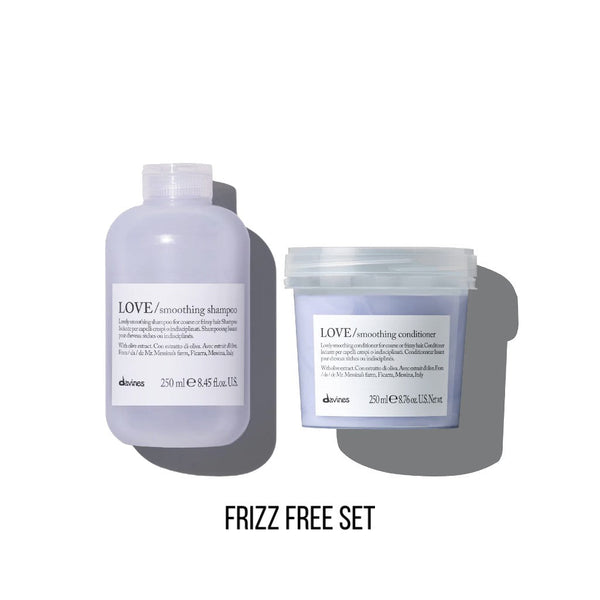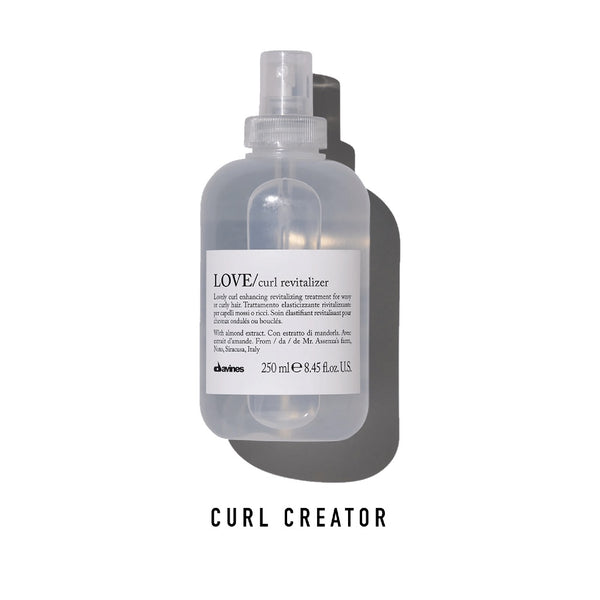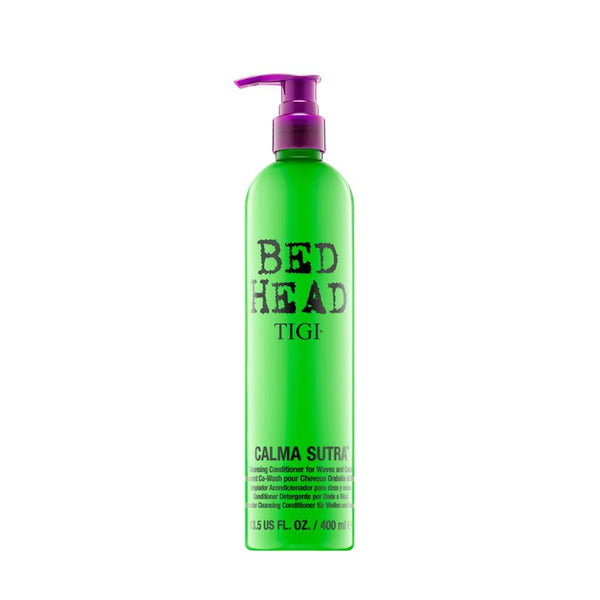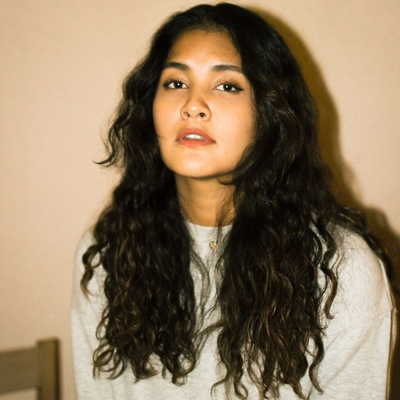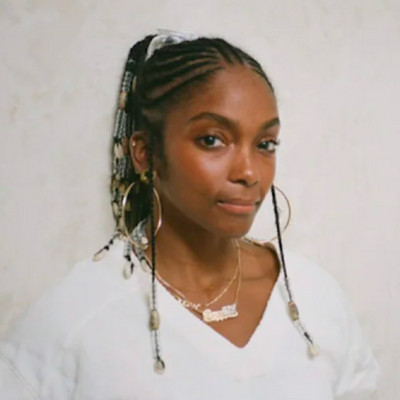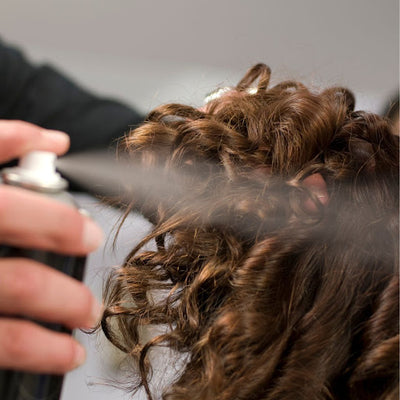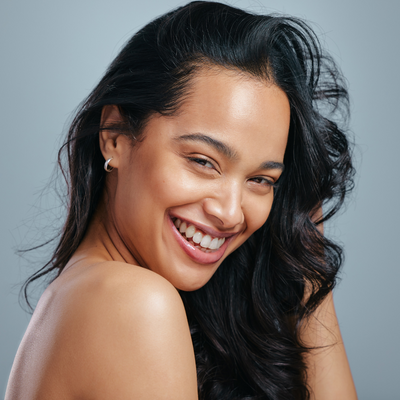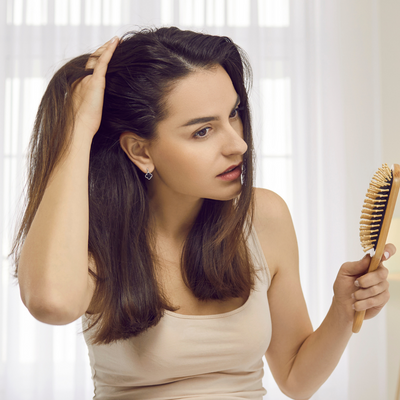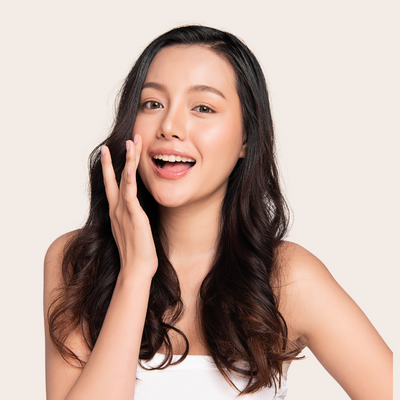My curls are beautiful. Now say it out loud, “My curls are beautiful.” And they are! No matter what hair type and texture you have, your hair deserves to be celebrated and respected. With the different types of curls, patterns, and shapes your hair can have, it definitely gets confusing. But today, let us guide you through the different curl patterns and share how you can care for them. After all, the more you know about your hair, the better you can care for it.
HAIR TYPES
There are four hair types – straight, wavy, curly, and coily. These types are broken down into categories, depending on the curl patterns. Thanks to your genes, your hair type is determined by the shape of your follicle. Curly strands tend to have an oval shaped-follicle, whereas straighter hair have a more circular shaped follicle.
To know more about the different curl patterns, hair stylist Andre Walker has created the typing system, which has been used and modified by different individuals. While it may not necessarily reflect all the types of patterns, this system is definitely still a useful guide.

Freepik.es
TYPE 2: WAVY
2A: Loose Waves
See some light, tousled wave in your strands? Then you’re probably dealing with 2A. This is the closest to Type 1, which is straight hair. What makes this fine, tousled hair unique is how easy it is to go from sleek to slight beach look in an instant.

Source: Pinterest
2B: Soft Waves
This type of hair has a more defined wave shape, akin to a loose S shape, and is thicker as compared to 2A. This means it takes more effort to achieve a sleek ‘do given the thicker, more defined waves you’ve got. But if you’re going for a beachy, textured hair look, spray in some texturizer and you’ll be sporting that look easily.

Source: Pinterest
What makes Type 2A and B patterns distinct is how the curls start at the midpoint of your hair. So if you’ve noticed that you have straight hair at the top, with some waves going on by mid length, then you’re dealing with Type 2A and B patterns.
2C: Deep Waves
If you couldn’t see a definite S in the first two, you definitely won’t be dealing with that problem in 2c. Unlike the previous patterns, 2C’s S waves don't begin at the midlength, but start at the roots through the ends. Type 2C is also thicker or coarser, which makes it more susceptible to frizz.

Source:vanessahudgens/Instagram
To help you manage, moisturize, and enhance your curls, turn to Davines Love Curl Enhancing Set! This sulfate-free shampoo and conditioner duo is designed to gently cleanse your curls while enhancing their volume.
TYPE 3: CURLY
3A: Loose, Soft Curls
Take a look at your curls. Do they have a definite S shape? If so, then you’re probably Type 3 curly hair! Type 3A curls have a loopy “S” shaped pattern and have a fine to medium texture.

Source: Pinterest
As the curl shape is more defined, brushing your hair will ruin your curl definition and make it all frizzy. What you can do instead is to gently rake through the sulfate-free Davines LOVE Curl Cream, P1,350, after you’ve towel dried your hair. This volumizing cream defines your soft curls without the residue.
3B: Curly
Type 3B curl is all about that spiral or springy curl look. 3B curls have more volume than 3A curls. To avoid drying your curls even more, try to avoid heat styling or blow dryers. Opt to air dry your hair instead.

Source: Pinterest
3C: Tight Corkscrews
When you hear type 3C curls, just think: 3C for corkscrews. Type 3C curls are tight ringlets that make your hair look full of volume with how densely clumped they are together.

Source: Pinterest
To keep those tightly curled locks moisturized, opt for Kérastase Curl Manifesto Ritual for Very Curly to Coily Hair. This routine is the ultimate professional care that can hydrate, define, and strengthen your curls.
TYPE 4: COILY AND KINKY
4A: Soft Coil
If your curls have a tightly coiled s-shape, then you’re most probably sporting type 4A curls. The coils are more compact but you can still spot a visible curl pattern.

Source: Pinterest
Keeping those curls soft and hydrated does take effort, especially when it comes to styling. In between washes, you can lightly mist a refresh spray like Kerastase Curl Manifesto Curl Refresh Spray, P1,900. Its sulfate-free formula helps you avoid stripping essential oil from your hair. Instead, this lightweight mist gives your curls hydration, definition and volume.
4B: Kinky/Zig Zag
Type 4B curls are characterized by its z-shape or zig zag pattern. As this coiled texture is more angled rather than curled, the shape is less defined.

Source: Pinterest
With type 4 patterns being prone to dryness and breakage, a tip in styling your hair is to lather and work in the Kerastase Curl Manifesto Hair Cream, P1,900, through your wet tresses with your fingers as it dries.
4C: Tightly Coiled
This hair type has the tightest zig-zag pattern. The way the curls are densely clumped up together also causes this hair type to undergo shrinkage, to the point that sometimes you don’t see a distinct shape of the curl anymore.

Source: Pinterest
With how prone to breakage 4C is, we recommend lathering on the extra-rich nourishing Kerastase Curl Manifesto Mask, P3,200, to nourish, hydrate, and define those curls. Wave those brittle curls goodbye in no time.
HOW TO TELL MY CURLS?
To find out which curl pattern your hair adorns, check out your hair after it’s newly washed. What you see is a curl pattern free from all the dirt and frizz, which helps you see what your curls are.
CAN I HAVE MORE THAN ONE CURL PATTERN?
Absolutely! You can have a mix of Type 3C at the top and maybe a 4A at the bottom. Really, there are just different varieties in the mix and match of the pattern. Knowing what patterns you have can help you ensure to keep your curls cared for the way they deserve.
And there you have it! We hope this guide helped you know more about your curls. You can explore our collection of curl products here. Or if you have any more questions, consult our experts for free.


